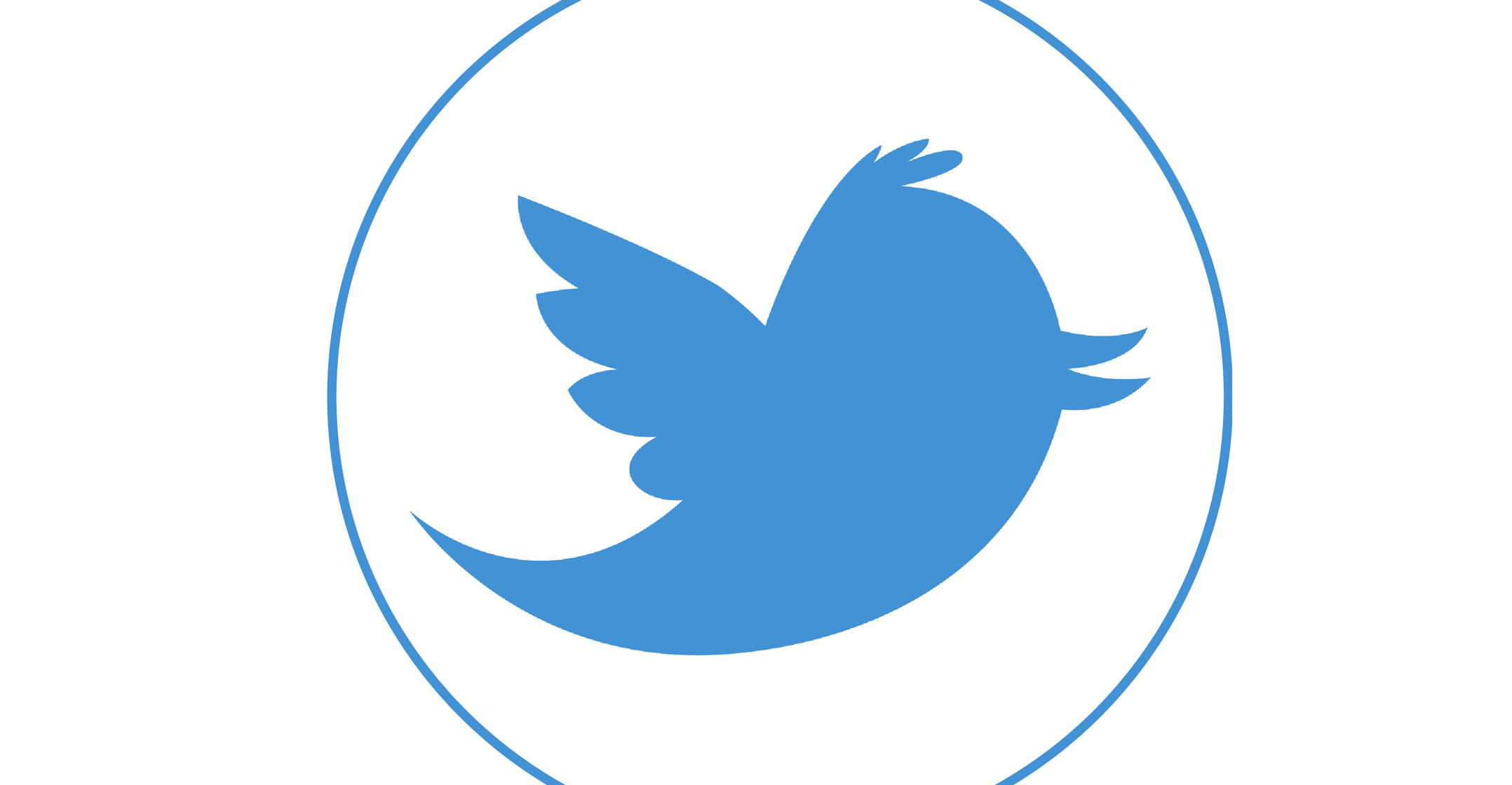 Twitter reported sales that beat Wall Street expectations as the social media company attracted millions of new users with better ways of sorting users’ feeds and more relevant notifications. The shares rose 8.7%.
Twitter reported sales that beat Wall Street expectations as the social media company attracted millions of new users with better ways of sorting users’ feeds and more relevant notifications. The shares rose 8.7%.
Second quarter revenue came in at US$841-million, up 18% from the same quarter last year and higher than the $829-million analysts estimated. The company added five million daily users in the period, bringing the total to 139 million. That was the biggest year-over-year increase since the summer of 2017.
Net income, excluding certain items, was $37-million, or $0.05/share. That compares to $58-million, or $0.08/share, a year earlier, Twitter said.
The most notable blip in the report was guidance: the company expects third quarter revenue to be between $815-million and $875-million. On average, analysts were looking for sales of $872-million. One reason for the softer forecast: Twitter plans to retire some ad formats in coming quarters.
“We’ve made the decision to shut down some revenue products that were big enough that they might impact near-term revenue, but small enough that they weren’t long-term priorities,” chief financial officer Ned Segal said. “Instead, we are focused on our most important products, delivering higher performing, better formats for our customers.”
Twitter has turned a profit in seven straight quarters and user numbers have steadily risen in the past two years. That follows a decade of losses, executive reshuffles, layoffs and declining usage. The shares rose to $41.44 at 9.41am in New York Friday, bringing gains for the year to 44%.
Spammers and trolls
A more persistent problem is the behaviour of spammers and trolls on Twitter’s service. The company said on Friday that it continues to battle these bad actors.
“Health is our top priority,” the company wrote in its earnings release, saying efforts to spot and address malicious activity resulted in an 18% decline in reports of spammy or suspicious behaviour.
Future sales growth may come from expanding advertising overseas. Just 21% of Twitter’s daily users are based in the US, yet 52% of its revenue comes from the country. That means the company can either show more ads to international users, or try to raise ad prices in other countries.
A second opportunity is the 2020 US election. President Donald Trump is Twitter’s most famous user, and the social media service has already hosted numerous spats between candidates. That keeps people logged on to Twitter, but also raises free speech questions. — Reported by Kurt Wagner, with assistance from Karen Lin, (c) 2019 Bloomberg LP




